Studio Luz Co-founders and Principal Architects Hansy Better Barraza and Anthony Piermarini, are first and foremost educators. Both come from positions as professors after their extensive personal academic careers and incorporate the fundamentals of teaching and mentorship into their studio work as an essential part of the firm’s mission. Knowing the power that education and architecture hold as tools of equity, Studio Luz has been approached by several higher education institutions to design and create centers on campus where these ideals can manifest into real change in the lives of students.
“I think we need to ask who yields architecture’s social and political power,” posed Anthony in Volume 12 of the Cornell Journal of Architecture titled After. “How do we frame architecture as a cultural product over a commodity?” The idea of deconstructing the limiting bias of capitalism both within design and within the classroom framed the creation of the Wellesley College Acorns House, a dynamic home for Asian, Latina, and LGBTQIA students advising within the Office of Intercultural Education (OIEC).
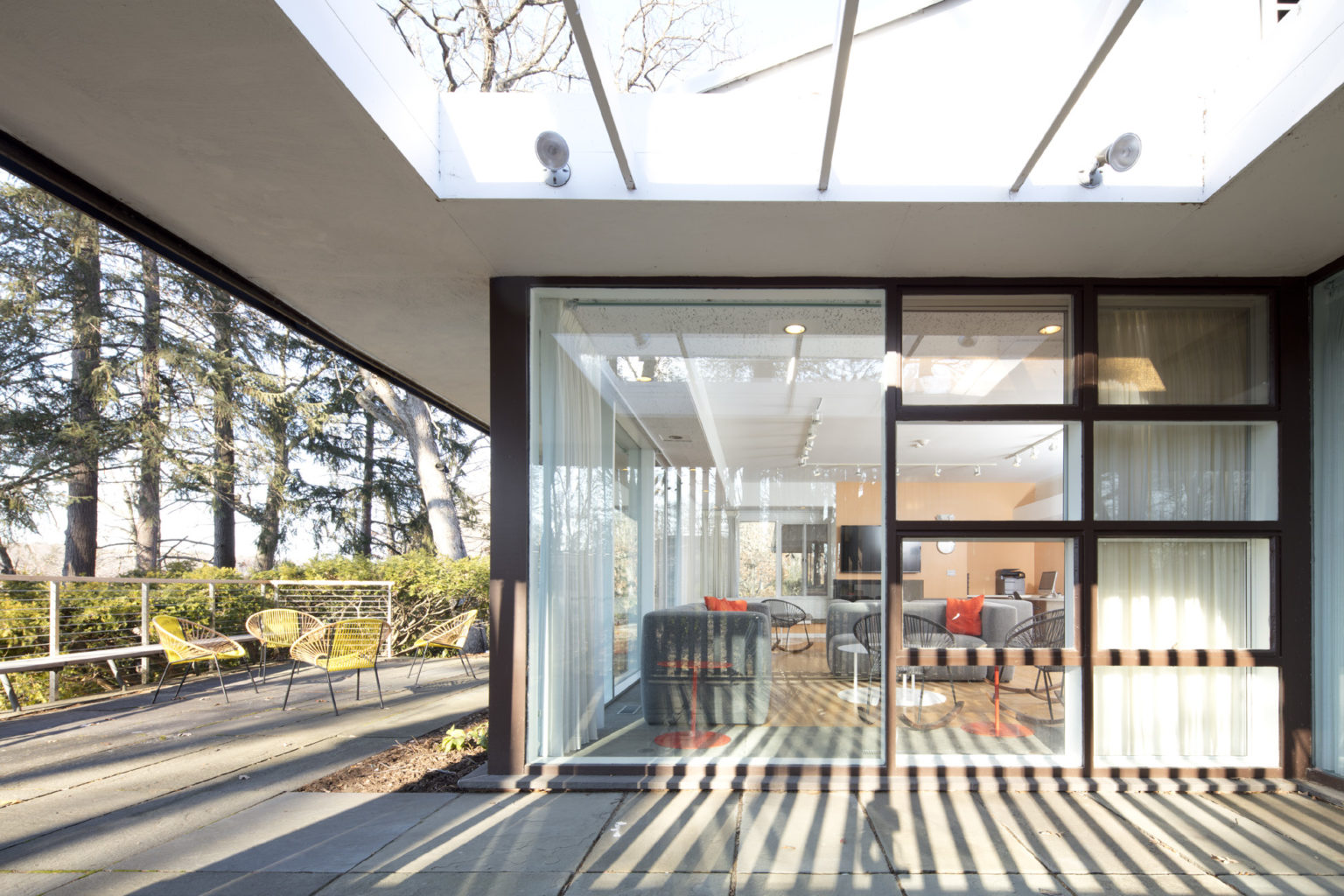
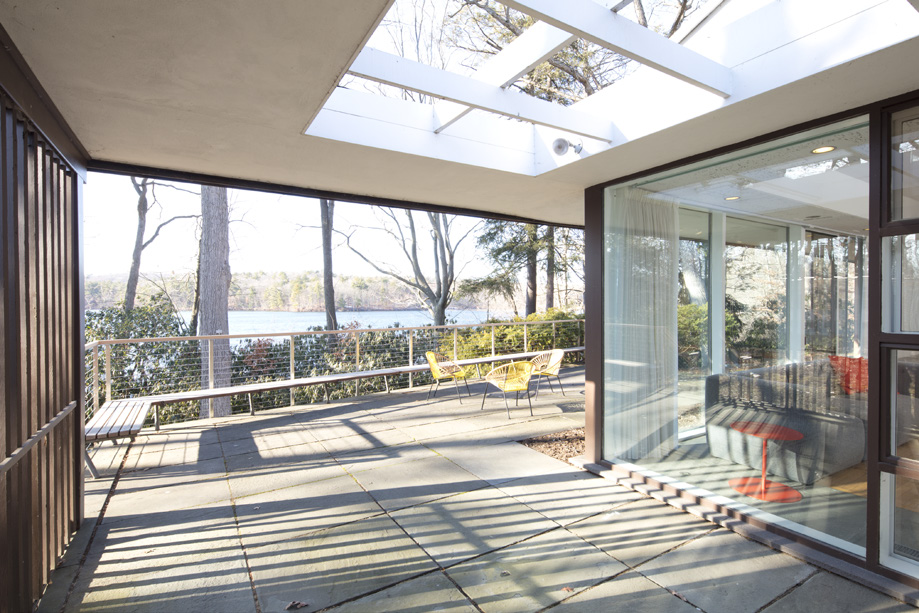
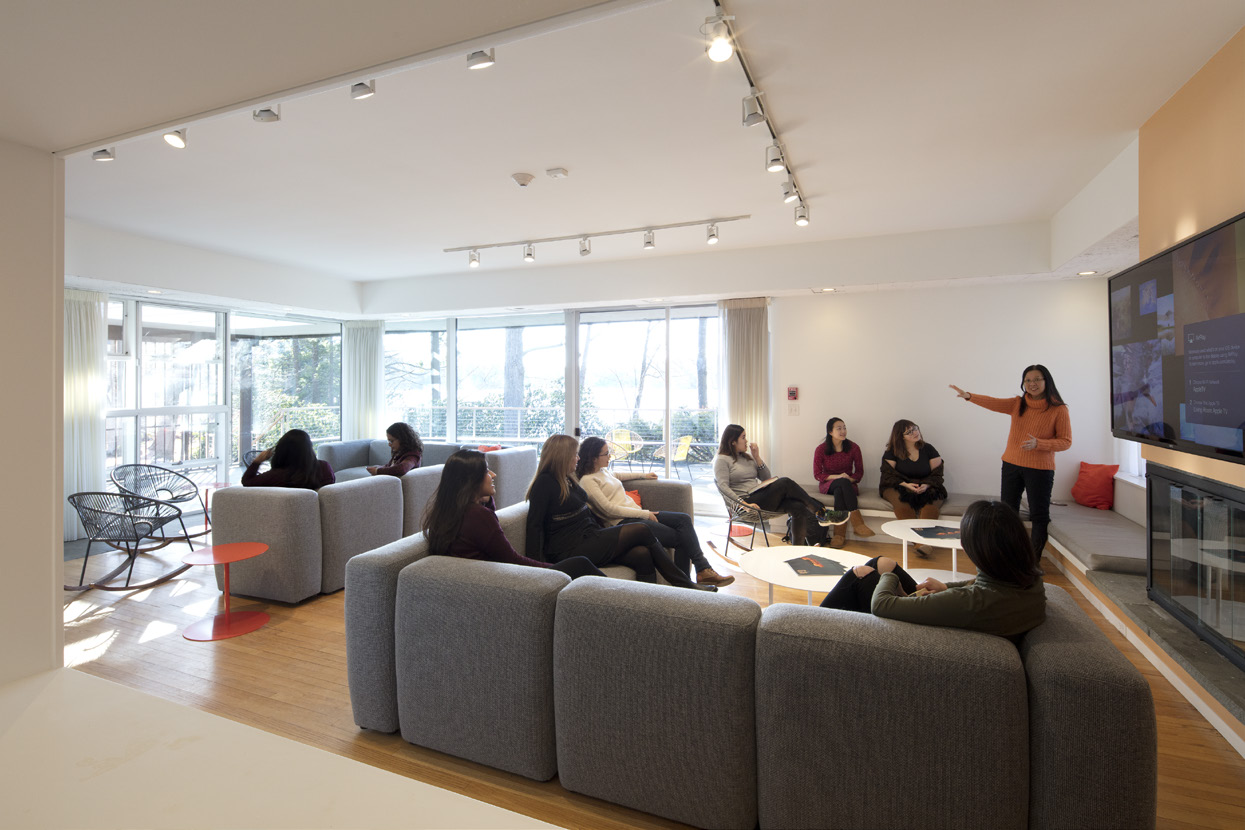
With input from students and faculty, this participatory design process centered the community’s aspirations for the department and space as well as the college’s mission statement, which emphasizes service and leadership. Movable textiles create flexibility to ensure spaces can foster confidentiality or community depending on meeting needs. The kitchen and living room were converted into central spaces for gathering, while the former bedrooms were converted into offices for specific affinity groups. Furniture associated with the home – such as hammocks and lounge chairs – was selected to create a sense of community, with the overall effect being a sense of overlapping, intricate identities of interconnectedness while maintaining the structural integrity of Acorns House. “The architecture that emerges from a shared experience and exchange has motivated our office in finding modes of practice that are alternative to the traditional model,” noted Hansy. “The Acorns project is an example of work driven by a political will that valued a world that was interconnected and multidimensional, bringing together people with different histories and cultural backgrounds.”
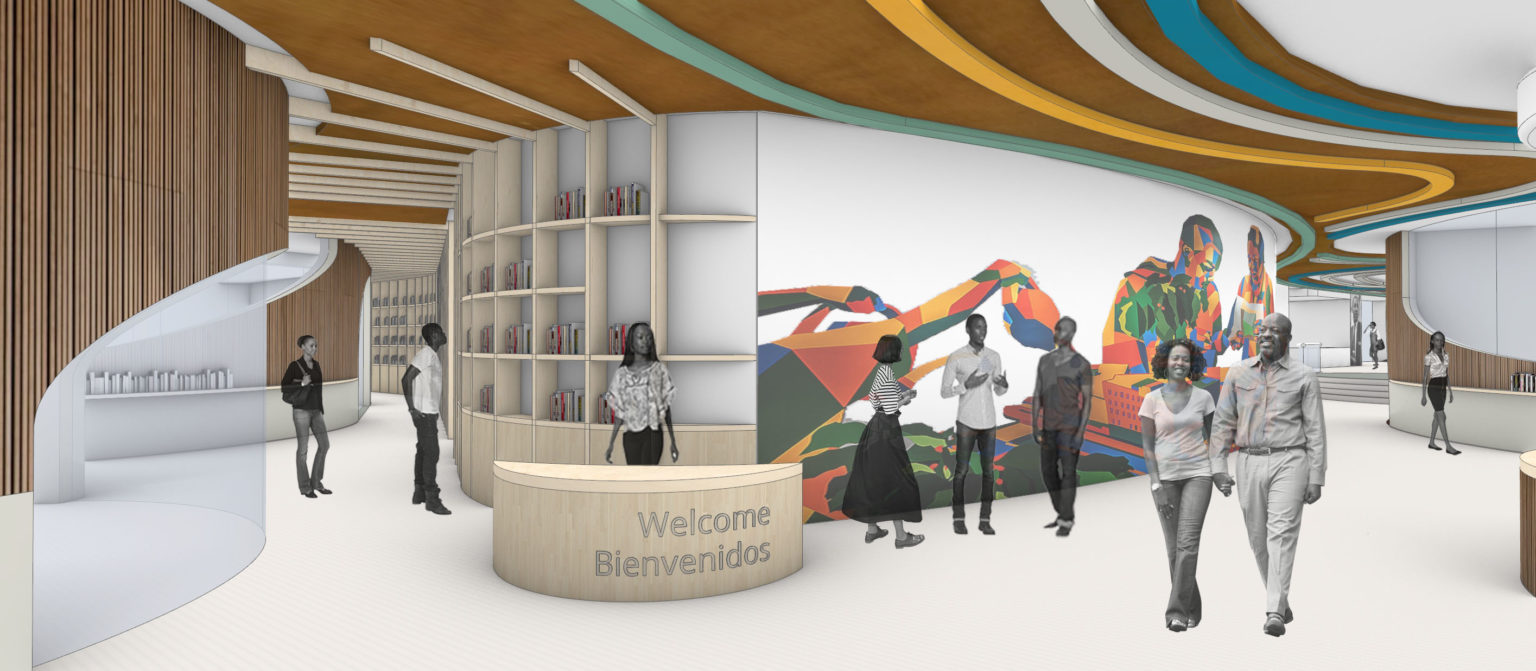
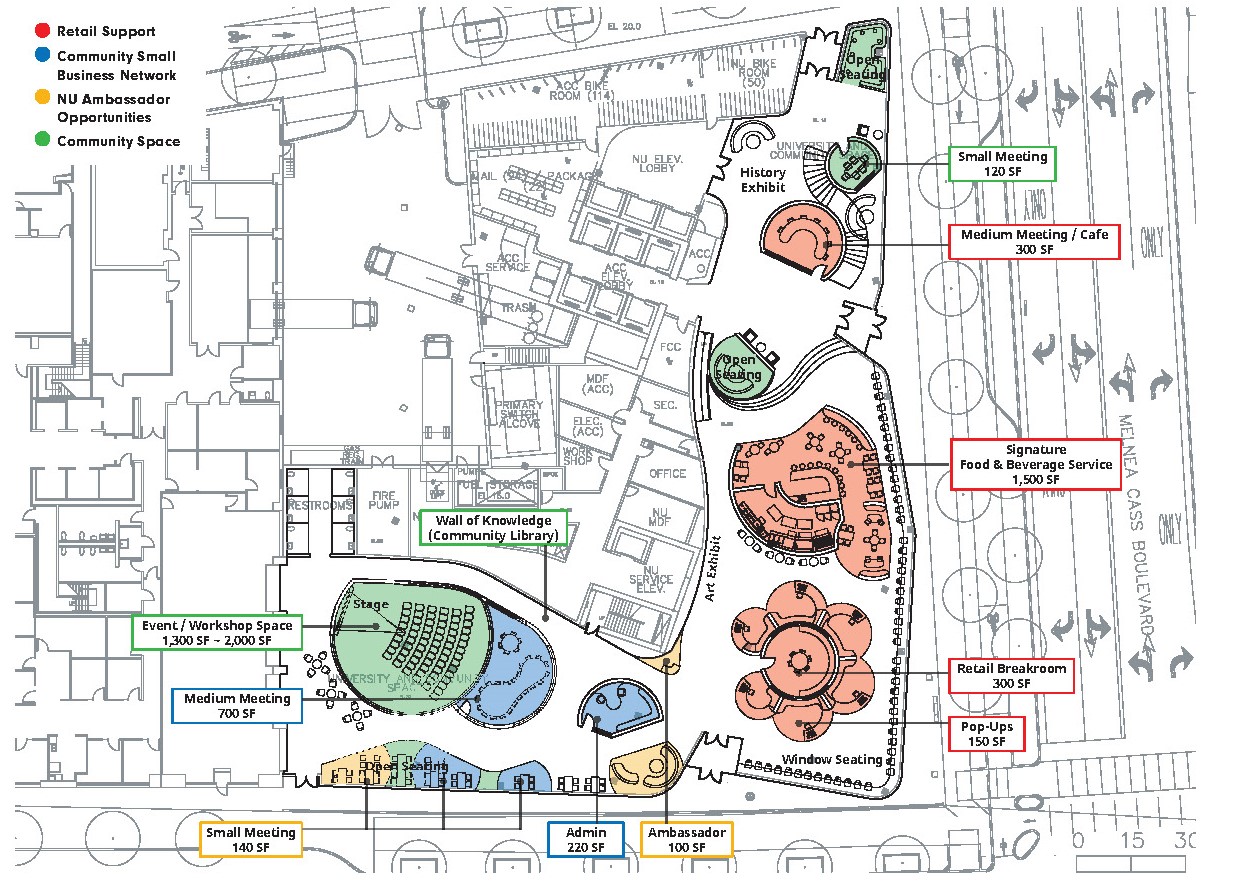
With upcoming designs for both Northeastern University and Brown University, these facets of identity remain central to serving the respective student bodies responsibly. “There must be an amplification of BIPOC voices within the academic environment as a whole,” Hansy continues, outlining a perspective she and the studio at large are approaching these new constructions with. “I have a moral and ethical responsibility to provide students with examples that resonate with their lived experiences and expand upon their knowledge.” With design relying heavily on experience and decision making, the anti-racist lens plays an important role in the work being done both within and outside of institutional work. In consideration of author and professor Ibram X. Kendi’s quote – “Critiquing racism is not activism. Changing minds is not activism. An activist produces power and policy change, not mental change. If a person has no record of power or policy change, then that person is not an activist.” – Studio Luz Architects is dedicated to bringing forth systemic change through the restructuring of power in academic and architectural settings by centering the needs and success of BIPOC students and other marginalized identities.
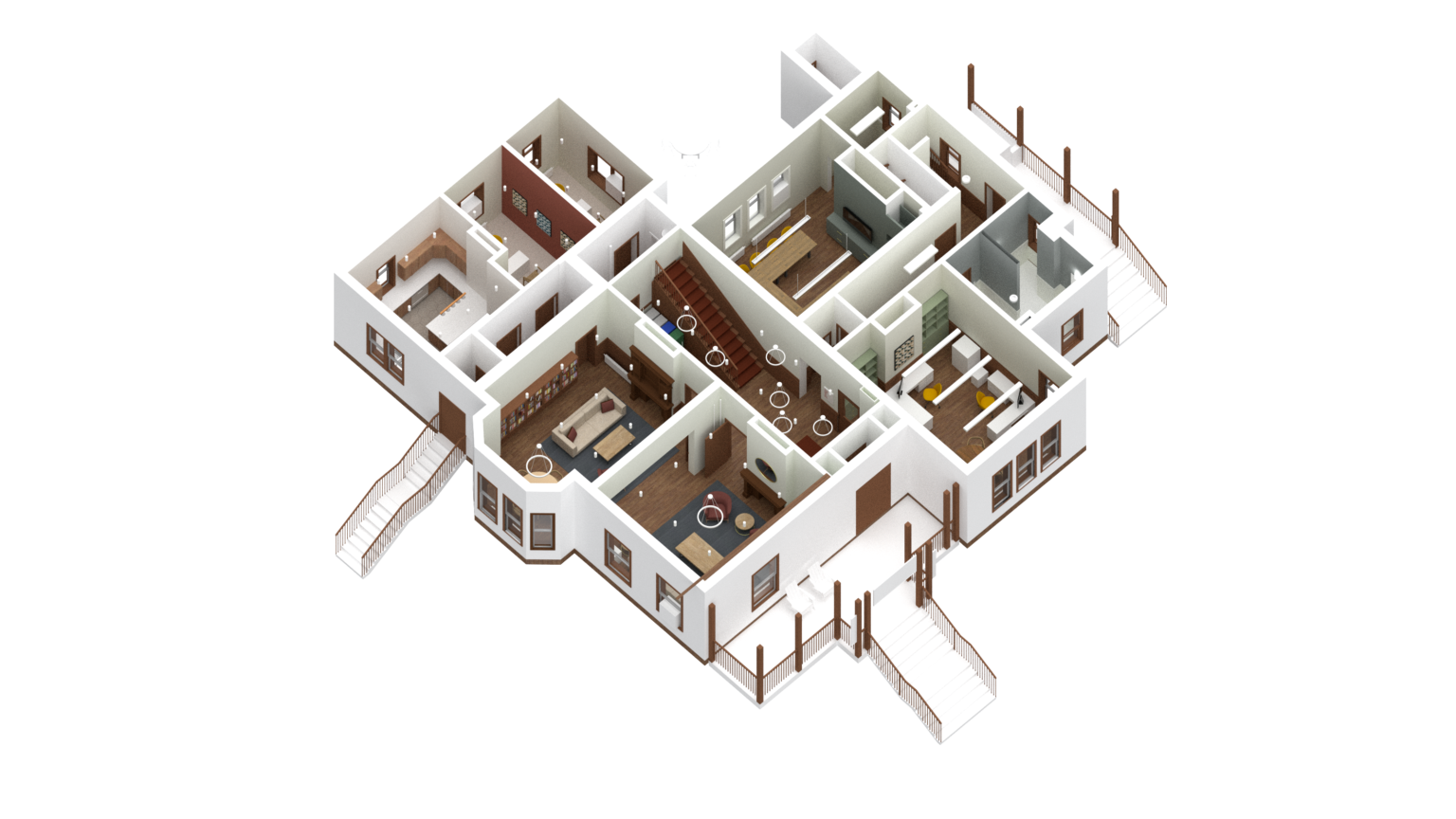
No Tags Found